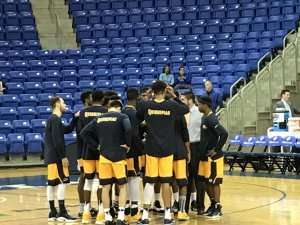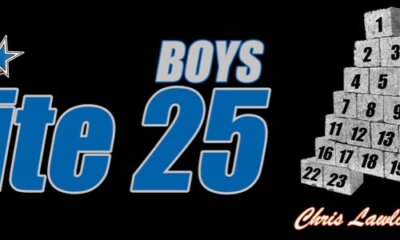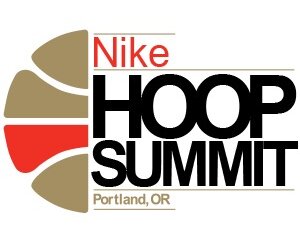There are many great story lines to follow with men’s college basketball this year. There is a wide open field with nearly a dozen teams with a realistic chance to cut the nets down in Arizona April 3rd. Scoring is up, the pace of play is quicker, the game has a great flow to it. There’s can’t miss talent in college basketball and Hall of Fame coaches. In fact, most would argue, this is the greatest generation of active coaches in college basketball history. It’s the best we have ever seen in the game and will ever see. Then why aren’t more people going to the games?
ESPN provided a live look-in at several games in last night’s action. There were far too many empty seats that the cameras couldn’t hide. Great basketball places such as Tulsa, Oklahoma, with a program coming off an NCAA tournament and that is near the top part of it’s conference – can’t fill half of its arena. Drake, with no pro sports to be had near by, won a thrilling overtime affair over Southern Illinois but not enough people witnessed it – the arena was 36% full. Even in the “Queen City”, where they love basketball, with the #20 team in the nation, their Cincinnati Bearcats, who came in and continued undefeated in conference play. There were around 2,400 seats laying empty . The game of the night, Notre Dame at Florida State, which was for the top spot of the ACC, had nearly 2,000 available seats.
Why is attendance struggling? Is it too many games? Over 5,500 games will be played in Division 1 basketball. Are too many televised? Live sports has been the last finger in the dam, keeping fledgling cable networks from drowning. The television money has been too good to pass up but perhaps there is long-term damage to the proliferation. For the record, 2015-2016 men’s division basketball attendance was down last year approximately 25 fans per game.
The fear for college basketball is a convergence of three factors:
1) Sports rights fees decline without cable entities having the same subscriber base
We have seen signs of this from ESPN’s much publicized declining subscriber base but it’s not just a big player problem. OneWorld Sports made a deal to broadcast a portion of the Ivy League conference schedule and suddenly the Ivy League pulled most of their games. Late November, OneWorld Sports furloughed much of it’s workforce.
In an interesting move, New Mexico State football has declined televised games forcing Aggie fans to attend if they want to experience it.
2) Fandom is no longer what it was and will continue to deteriorate due to; lack of attention, lack of growing up with the live-sport moment and less first person experience with the sport as youth participation numbers decline. The 2016 Sport and Fitness Industry Association Report showed a decline in core basketball participation (participating more than once a month on average) by 110,000 participants. The math equation is: less participants means less connection with the sport and ultimately less everything (fans, money).
3) The college infrastructure implodes a) students stop/refuse to subsidize athletics b) too much debt between venues, staff salaries and supporting services.

This is my shot of the pre-game huddle of the stands gearing up for MAAC conference play between perennial power Iona taking on a Quinnipiac, January 14th.
When the business model of college basketball stops working for the majority of schools, it won’t be too long before a systematic change is in order.
Parent, journalist, adjunct professor, host-That Bracket Show on SB Nation Radio and former Five-Star Camp CEO. Principal of Klein Sports and Education Consulting. Current clients include; The Highlands Current, Kinexon Sports, Basketball Travelers, and Blue Star Sports Technology. Current member of the USA Basketball Working Group on Youth Development Member: USA Basketball Writers Association, AIPS, AP Sports Editors, NABC and Society of Professional Journalists









